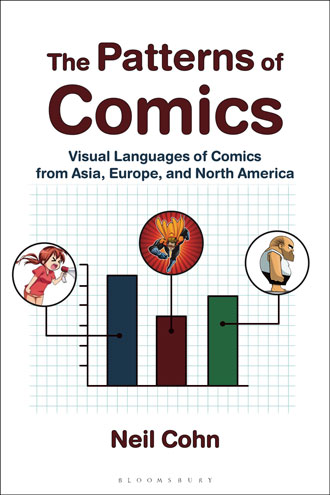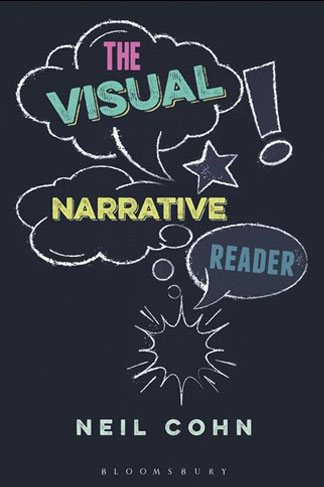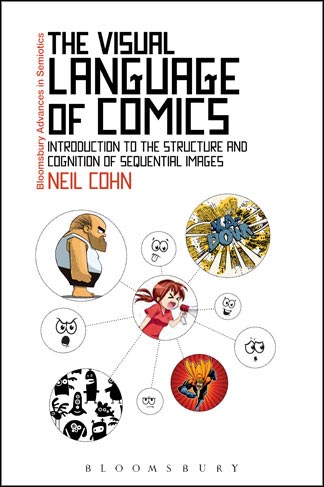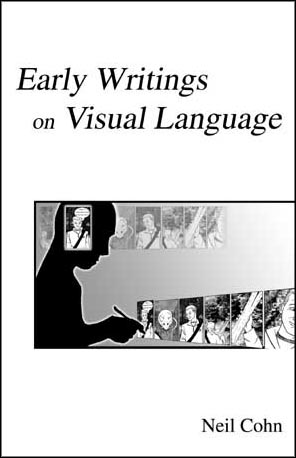The Patterns of Comics
The Patterns of Comics
Visual Languages of Comics from Asia, Europe, and North America
Comics are a global phenomenon, and yet it’s easy to distinguish the visual styles of comics from Asia, Europe, or the United States. But, do the structures of these visual narratives differ in more subtle ways? Might these comics actually be drawn in different visual languages that vary in their structures across cultures?
To address these questions, The Patterns of Comics seeks evidence through a sustained analysis of an annotated corpus of over 48,000 panels from 360+ comics from Asia, Europe, and North America. This data-driven approach reveals the cross-cultural variation in symbology, layout, and storytelling between various visual languages, and shows how comics have changed across 80 years. It compares, for example, the subtypes within American comics and Japanese manga, and analyzes the formal properties of Bill Watterson’s Calvin and Hobbes across its entire 10-year run. Throughout, it not only uncovers the patterns in and across the panels of comics, but shows how these regularities in the visual languages of comics connect to the organizing principles of all languages.
ISBN: 9781350381612
2024 / 288 pages

Table of Contents
Preface
1. Visual Language
2. Corpus-Driven Comics Research
3. Morphology
4. Page Layout
5. Situational Coherence
6. Framing Structure
7. Narrative Structure
8. Visual Languages across Time
9. Cross-Cultural Visual Languages?
10. The Visual Language of Calvin and Hobbes
11. Towards a Visual Language Typology
Notes
References
Index
Praise for The Patterns of Comics…
“In previous innovative publications, Neil Cohn has provided a framework for understanding the visual language of comics across languages and cultures. In this magisterial volume he provides readers with tools for continued research. In essence, this is a carefully constructed handbook for in-depth exploration of visual narrative.’”
– Dan I. Slobin, Emeritus Professor of Psychology and Linguistics, UC Berkeley, USA
“Neil Cohn’s new book is the result of over twenty years of researching and writing about global comics–what they are, their underlying structure, and cultural variations in their development. With academic interest in global comics at an all-time high, it will delight serious students of a powerful visual medium.”
– Frederik L. Schodt, award-winning author of Manga! Manga!: The World of Japanese Comics




